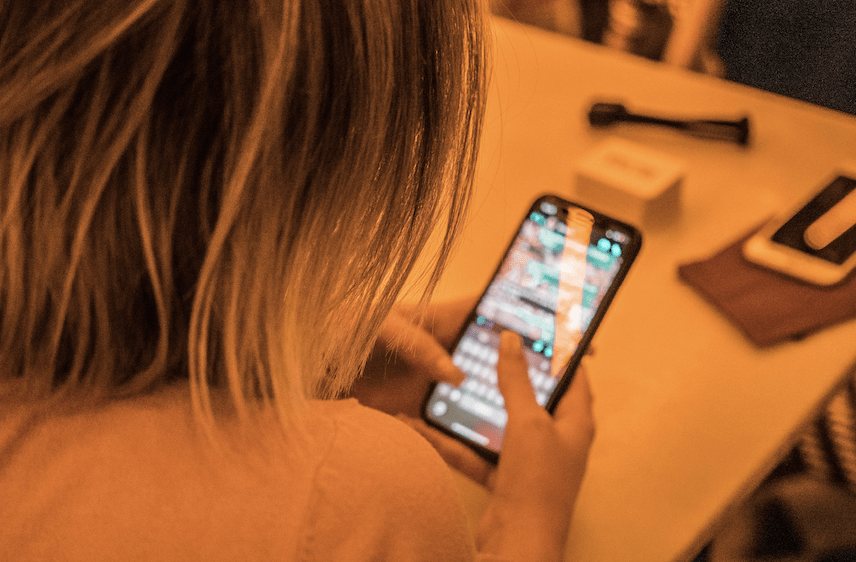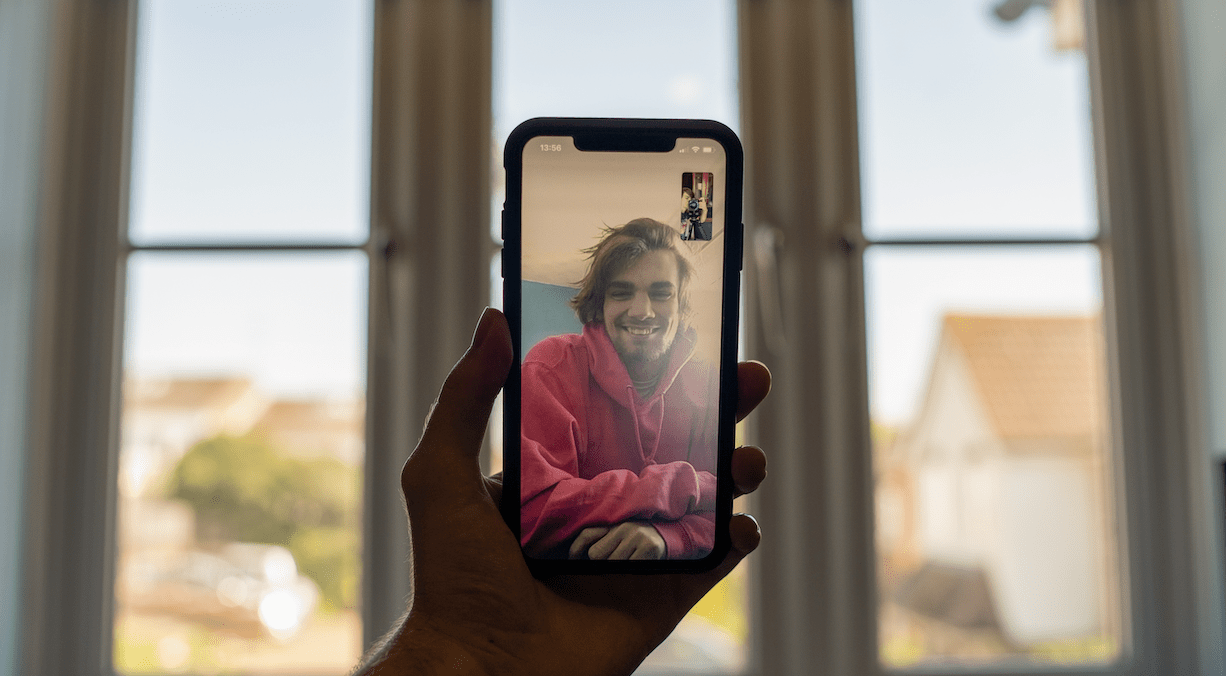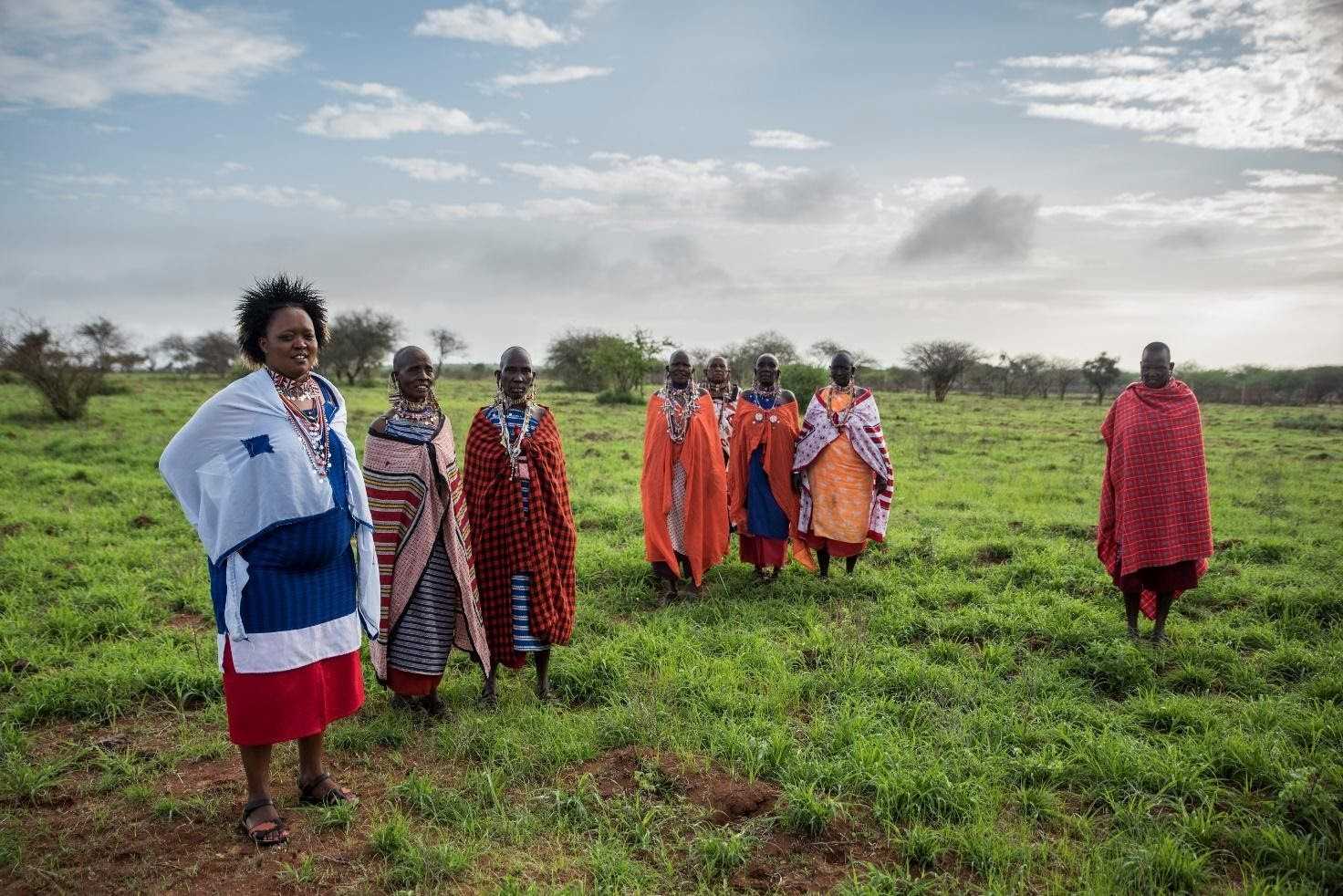WhatsApp and the mediation of personal relatioships during the first wave of COVID-19 pandemic
8 September, 2022 Image by Dima Solomin on Unsplash.com
Image by Dima Solomin on Unsplash.comBy Marc Esteve Del Valle. He is an assistant professor in the Department of Media and Journalism Studies at the University of Groningen (Netherlands) and an external associate researcher in the Communication Networks & Social Change (CNSC) research group at the Universitat Oberta de Catalunya (UOC). His research and teaching interests lie at the intersection of digital communication networks and social change, with a particular interest in online political networks.
In spring 2020, when the coronavirus swept across Europe and governments took unprecedented steps to prohibit social contact, WhatsApp became the primary platform for most people’s social connections. By late March, global WhatsApp usage had risen by 40% (to 1.6 billion users), with a 76% increase in Spain, where the lockdown was particularly harsh (Davies, 2020).
People’s widespread use of WhatsApp to stay in touch with loved ones, get information about the virus and continue working made it a unique repository of data regarding (computer-mediated) sociality throughout the pandemic. An examination of this data is crucial to understanding how people modify their communications in times of crisis, which is necessary for establishing and implementing social distancing policies, combating disinformation and aiding patients online.

To understand how people used WhatsApp during the pandemic, we launched a project that (a) looked at the genres and modalities of communication that WhatsApp users utilized the most during the pandemic (Costa, Esteve-Del-Valle, & Hagedoorn, 2022); (b) examined how WhatsApp users mobilized social capital to provide or receive social assistance (Esteve-Del-Valle, Costa, & Hagedoorn, 2022); and (c) analysed the visual communication features of their WhatsApp conversations (forthcoming).
We conducted 30 semi-structured interviews (10 per country) with adults aged 25 to 49 from the urban areas of Barcelona (Spain), Groningen (Netherlands) and Milan (Italy). The interviews were carried out between April and June 2020 and lasted between 50 and 90 minutes. They took place via Google Meet, Skype or Zoom and were conducted in Catalan, Spanish, Dutch or Italian. A thematic analysis was then performed on the data from the interviews (Guest, MacQueen, & Namey, 2012).
In terms of WhatsApp user communication genres and modalities (a), our main finding is that people utilized WhatsApp to feel co-presence and proximity with others across many scales of sociality, with groups playing a particularly prominent role. This particular use of WhatsApp led us to coin the term “scalable co-presence”, which describes individuals’ various co-presence experiences within groups of various sizes, enabled by various modalities of communication. Furthermore, despite differences between individuals and cities, our interview data revealed some similar trends. First, video calls were used to convey love and affection in one-on-one chats with a person’s closest and most personal family and friends. Second, in one-on-one interactions and small groups, sharing tailored knowledge built interpersonal ties and conveyed concern. Third, images or videos of daily life were mostly utilized to make someone’s presence palpable to others in small groups, such as family and close friends. Fourth, people mostly used amusing memes and videos to engage in large-group social interactions. Lastly, emojis were widely utilized across various types of organizations to represent a variety of feelings and emotions, primarily affection, love and support, as exemplified by the “heart” emoji.

As for the mobilization of social capital to provide or receive social assistance (b), our findings show that the pandemic shock “turtled up” WhatsApp communications, with people relying on family and close friends (strong ties) for emotional and informational support as they coped with pandemic-related anxieties and fears. Despite the importance of strong ties, our findings also reveal that it was the persistence of weak ties, particularly humorous communication interactions with acquaintances, that allowed people to feel supported during the crisis. We also discovered evidence of the emergence of communication with latent relationships (e.g., former partners) as a source of additional social support. Finally, our data indicate that the reorganization of people’s WhatsApp communications could have a significant impact on how they interact with information. Focusing on family and close friends may increase people’s trust in shared information, but it also exposes them to more redundant facts and figures. Interrupting communication with acquaintances, meanwhile, may limit exposure to new knowledge (Granovetter, 1973). Individuals may be more vulnerable to a variety of digital risks, such as the propagation of disinformation or conspiracy theories, if these two changes are combined. However, participants’ vulnerability to these digital risks may be mitigated by the knowledge they receive from latent ties. Future research should empirically investigate the consequences of such reorganizations on people’s engagement with information.
Ultimately, our results show that during the deadliest moments of the COVID-19 pandemic in Europe, WhatsApp made group socialities more essential than ever before, allowing people to express their emotions, experience proximity and negotiate their presence within groups of all sizes through a variety of communication modalities. Indeed, throughout the weeks of rigorous lockdown and social isolation, WhatsApp generated many types of co-presence and proximity at a distance, partially compensating for the loss of interactions in physical environments.
Funding
This project was supported by the Groningen Research Institute for the Study of Culture (ICOG).
References
Costa, E., Esteve-Del-Valle, M., & Hagedoorn, B. (2022). WhatsApp and the mediation of personal relationships during the COVID-19 lockdown. Social Media + Society, 1–10.
Davies, W. (2020, July 2). What’s wrong with WhatsApp. The Guardian, 203(4), 35–39. Retrieved from https://www.theguardian.com/technology/2020/jul/02/whatsapp-groups-conspiracy-theoriesdisinformation-democracy
Esteve-Del-Valle, M., Costa, E., & Hagedoorn, B. (2022). Network Shocks and Social Support Among Spanish, Dutch, and Italian WhatsApp Users During the First Wave of the COVID-19 Crisis: An Exploratory Analysis of Digital Social Resilience. International Journal of Communication, 2126–2145.
Granovetter, M. (1973). The strength of weak ties. American Journal of Sociology, 78(6), 1360–1380.
Guest, G., MacQueen, K. M., & Namey, E. E. (2012). Applied thematic analysis. Thousand Oaks, CA: SAGE Publications. doi:10.4135/9781483384436





